
IoT Think Tank Compilation Release
Please cite the source and origin

Introduction
The world of the Internet of Things (IoT) is a world of perception, mainly consisting of the perception layer, transmission layer, platform layer, and application layer. As the saying goes, a good start is half the success, and perception, as the “vanguard” of IoT, undoubtedly plays a critical role, especially in today’s intelligent and IoT-driven world, where sensors give objects “life”.
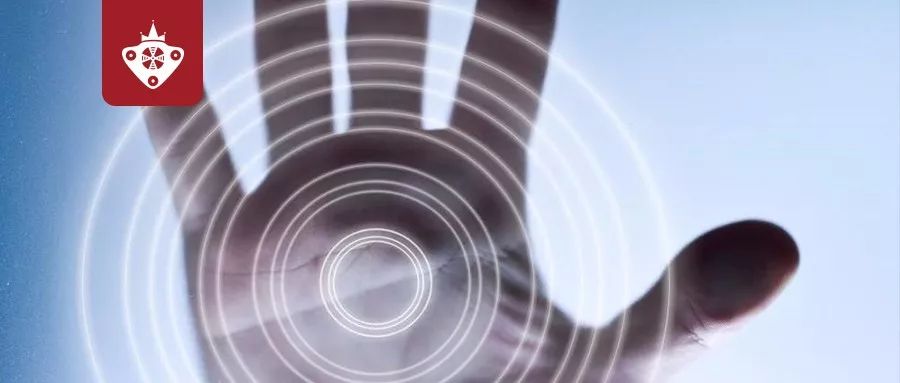
In the IoT industry, we often compare sensors to human senses, but they are not responsible for beauty; they are responsible for perception. Imagine, without our senses, how could we describe life other than with the word “ugly”? Would life have color or sound?

Today, everything in our world can be “humanized”. Following the internet, the IoT has staged a spectacular play of “everything becoming spiritual”, making the scenes from Journey to the West, The Legend of the White Snake, and Investiture of the Gods come true in today’s society.
With the White Dragon Horse forced to retire, electric cars that reach L4/L5 levels are energy-efficient and environmentally friendly, and they can run freely without grazing. Streetlights respond to sounds, lighting up all night; wherever there is oppression, there are pressure sensors…

The reason for the unilateral violation of the “no spiritualization since the founding of the country” agreement largely falls on the IoT, where sensors are the lifeblood. They allow cars, homes, streetlights, and even smartphones to all become spiritual beings, transforming into entities that can see, hear, and speak.

In recent years, China’s sensor market has been growing rapidly, with an average growth rate exceeding 20%. The market size was 48 billion yuan in 2011, reaching 112.6 billion yuan in 2016, and growing to 130 billion yuan in 2017, a year-on-year increase of 15.45%. As the next wave of technological trends, the trillion connections behind the IoT mean that the shipment volume of sensors will also explode, and the growth potential of the sensor industry is undoubtedly enticing.
In the future, sensors will be equipped in various objects, and “spirits” that are more sensitive than human senses will run everywhere!
With the support of sensors, doors, chairs, light bulbs, motorcycles, cars, traffic lights, and various flying, running, drifting, and swimming things will all display their magical powers. To prevent ignorance in the future, let’s get to know these “immortals” first.
What Are Sensors? What Are They Used For?
First, what is a sensor? A sensor is a detection device that can sense the information being measured and can convert the sensed information into electrical signals or other required forms of information output according to certain rules, to meet the requirements of information transmission, processing, storage, display, recording, and control. Its characteristics include miniaturization, digitization, intelligence, multifunctionality, systematization, and networking.

After saying all this, everyone is confused; what exactly is it?
To put it simply, British bishop George Berkeley said, “To be is to be perceived.” If we change the subject to objects, for example, the things that the human eye sees exist, but when the eyes are closed, they do not exist (in Berkeley’s view); but what about self-driving cars? They do not have eyes, and even without the cameras on the car body, they can still perceive the outside world, thanks to the work of sensors. (It’s like rubbing idealism on the ground.)
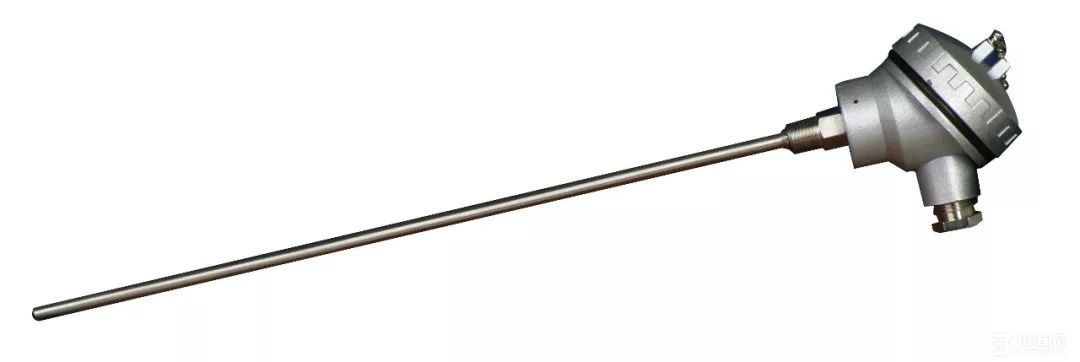
Temperature Sensors
Among these various sensors, there are those with eyes, noses, ears, and nerves… Based on their basic sensing functions, they can be divided into ten categories: thermosensitive elements, photosensitive elements, gas-sensitive elements, force-sensitive elements, magnetic-sensitive elements, humidity-sensitive elements, sound-sensitive elements, radiation-sensitive elements, color-sensitive elements, and taste-sensitive elements.
Sensors generally consist of four parts: sensitive elements, conversion elements, conversion circuits, and auxiliary power supplies:

The sensitive element directly senses the measurement and outputs a physical quantity signal that has a definite relationship with the measurement; the conversion element converts the physical quantity signal output by the sensitive element into an electrical signal; the conversion circuit is responsible for amplifying and modulating the electrical signal output by the conversion element; the conversion element and conversion circuit generally also require auxiliary power for operation.
Sensors with Complete Senses but Not Good-Looking
These devices that have noses and eyes, able to smell and taste, although they come in various shapes, their sensitivity is beyond what human perception can achieve (Note: Classification based on sensor functions, likened to human senses):
Photosensitive Sensors—Vision

Photosensitive sensors are sensitive devices that respond to or convert external light signals or light radiation. They mainly include photoelectric tubes, photomultiplier tubes, photoresistors, phototransistors, solar cells, infrared sensors, ultraviolet sensors, fiber-optic photoelectric sensors, color sensors, CCD and CMOS image sensors, etc.
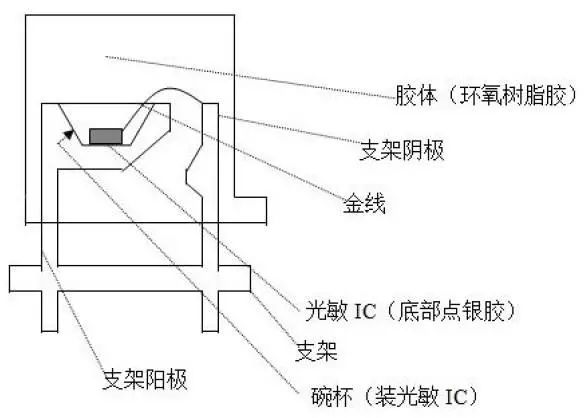
Photosensitive Sensor Structure
The main application areas of photosensitive sensors are also quite common, such as solar street lights, sound and light switches, cameras, and of course, the automatic brightness adjustment feature of our smartphones and the foreseeable future of self-driving cars.
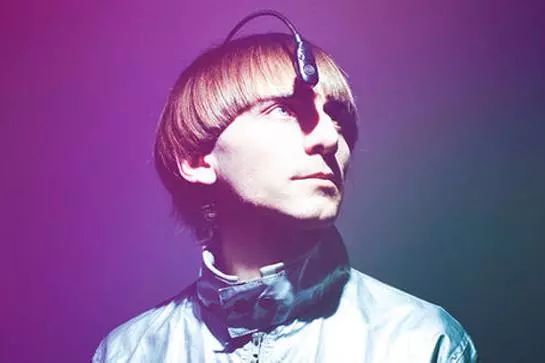
In its incredible creations, there are also devices that use cameras to “hear” colors. The person in the picture has been color blind since birth. Imagine arriving in a world where what you see is different from what others see. It might be years before they learn from others that they have been deceived by this colorful world for over a decade, realizing that the world is not just black and white, but also red, orange, yellow, green, blue, indigo, and violet…
Fortunately, they did not give up on the thought of seeing the world and eventually overcame difficulties to install an antenna-like device on their head. This antenna can recognize up to 360 colors, transmitting the recognized colors through a laptop to a chip at the back, and then using bone conduction to hear the color frequencies in front of them.
What seems like a magical device is actually not that complex (taking the photoelectric sensor as an example), it can be divided into three parts: transmitter, receiver, and detection circuit.
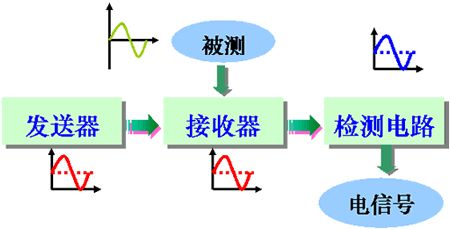
The transmitter emits the light beam, generally sourced from semiconductor light sources, light-emitting diodes (LEDs), laser diodes, and infrared diodes.
The receiver consists of photodiodes, phototransistors, and photovoltaic cells.
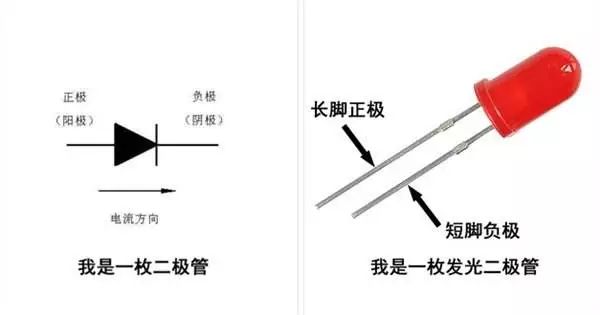
Light Emitting Diode
The transmitter aims the light beam at the target, continuously emitting or changing the pulse width. In front of the receiver, there are optical elements such as lenses and apertures. Behind it is the detection circuit, which ultimately filters out the effective signal and applies that signal as an “output”.
Sound-sensitive Sensors—Hearing

Sound-sensitive sensors are used for flow detection, and can be set up to operate in high/low sensitivity range modes. The high sensitivity range is suitable for high-frequency signals fluctuating at 40dB. The low sensitivity range operates in a fluctuation of 28dB to 68dB, capable of functioning from soft whispers to noisy environments.
Sound-sensitive sensors can generally be divided into four types:
1. Resistance change type sound-sensitive sensor
Principle: Audio vibration—change in resistance value.
We further classify it based on its function into: contact impedance type and impedance transformation type. The former measures sound waves through contact and detects them through resistance changes (a typical example is the carbon granule microphone). The latter is formed by attaching a resistance strain gauge or semiconductor strain gauge to a diaphragm. The sound pressure acts on the diaphragm, deforming it, which causes the impedance of the strain gauge to change, and the detection circuit completes the voltage signal, thereby achieving sound-electric conversion.
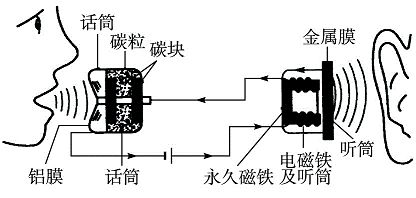
Carbon Granule Microphone
2. Piezoelectric sound-sensitive sensor
Principle: Piezoelectric effect
When sound pressure acts on the diaphragm, the diaphragm vibrates, causing the piezoelectric crystal to produce mechanical vibrations, generating voltage that varies with sound pressure, thereby completing sound-electric conversion.
3. Capacitive sound-sensitive sensor
Principle: Audio vibration—diaphragm deformation—change in capacitance
Under diaphragm vibration, the distance between the diaphragm and the fixed electrode changes, which can cause a change in capacitance.
4. Dynamic microphone
A dynamic microphone is made using the principle of electromagnetic induction, utilizing a coil that cuts magnetic lines in a magnetic field to convert sound signals into electrical signals.
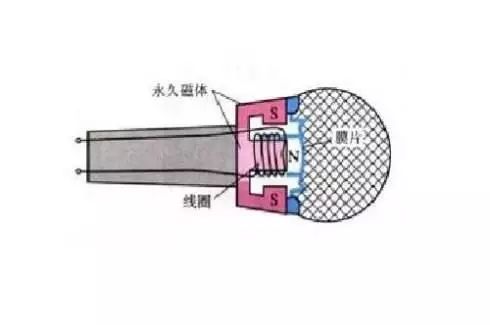
Commonly, this is what we use as a microphone
In application fields, besides being used in microphones, sound-sensitive sensors also have significant applications in military (to stop the shameless idea of hearing footsteps in CS), medical (MRI), security, and other areas.
Gas-sensitive Sensors—Smell

Gas-sensitive sensors are used to detect gas concentrations and compositions, playing a crucial role in environmental protection and safety supervision. Gas-sensitive sensors are used in various gas compositions, and due to significant changes in temperature and humidity at the detection site, along with a lot of dust and oil mist, their working conditions can be harsh, and gases can chemically react with the sensor element materials, often degrading their performance.
The working principle of gas-sensitive resistors: The conductivity of the semiconductor material’s surface decreases, putting the device in a high-resistance state. When the element comes into contact with the gas being measured, a chemical reaction occurs, releasing electrons from the oxygen, increasing the conductivity of the sensitive film surface, and the element’s resistance decreases, thus detecting the concentration of the reactive gas.
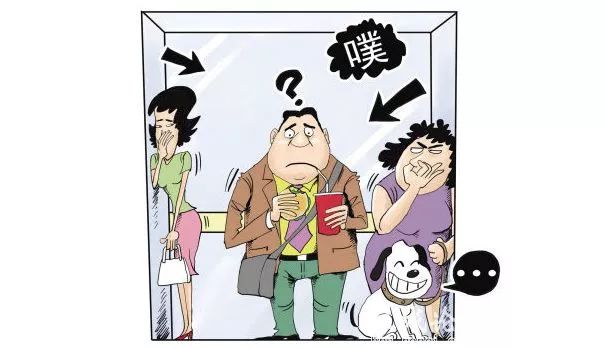
Who Farted in the Elevator?
As described in the definition above, this sensor has a high sensitivity to gases and components, so its working environment can also be anticipated. Recently, the widely publicized formaldehyde incident was precisely where this sensor came into play.
Chemical Sensors—Taste
Chemical sensors are instruments sensitive to various chemical substances that convert their concentrations into electrical signals for detection. Analogous to human sensory organs, chemical sensors correspond broadly to human olfactory and taste organs.
Based on the types and working principles of chemical sensors, they can be divided into four categories:
1. Electrochemical chemical sensors
2. Optical chemical sensors
3. Thermal chemical sensors
4. Mass chemical sensors
Although they perform similar functions in some areas as gas-sensitive sensors, there are still significant differences between the two. It is based on reactions in chemistry and phenomena in physics, even theories in biology, to detect chemical components in gases and liquids and convert them into detectable electrical current and voltage signals.
Pressure, Temperature, and Fluid Sensors—Touch

After discussing the senses of sight, hearing, taste, and smell, we come to touch. Touch sensors are used in robots to mimic the touch function. To achieve biomimicry, it is essential not only to resemble in appearance but also to have a sense of touch. Imagine in a future medical environment, due to accidents, disasters, and other reasons causing irreparable bodily harm, one could simply install a bionic limb and live like a normal person again, wouldn’t that be wonderful?
The World of Sensors
The world of IoT is a world of perception, mainly consisting of the perception layer, transmission layer, platform layer, and application layer. As the saying goes, a good start is half the success, and perception as the “vanguard” of IoT undoubtedly plays a critical role, especially in today’s intelligent and IoT-driven world, where sensors give objects “life”. Smart cities, smart healthcare, smart transportation, smart logistics, smart security, smart agriculture, smart water conservancy… all require sensors to empower their realization.
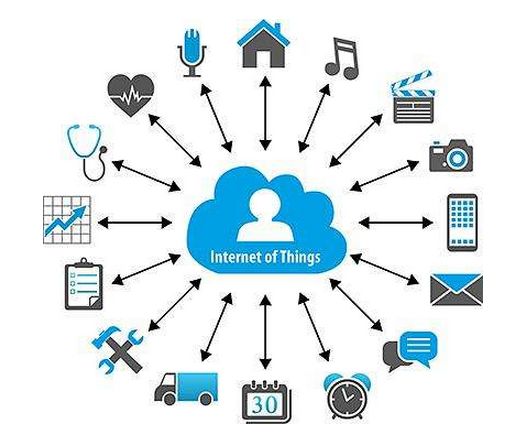
The concept of IoT has been around for a long time, but the deployment of source sensors at the physical layer behind the massive connections still needs improvement. The future of IoT has arrived, and the explosive period for sensors will also come.